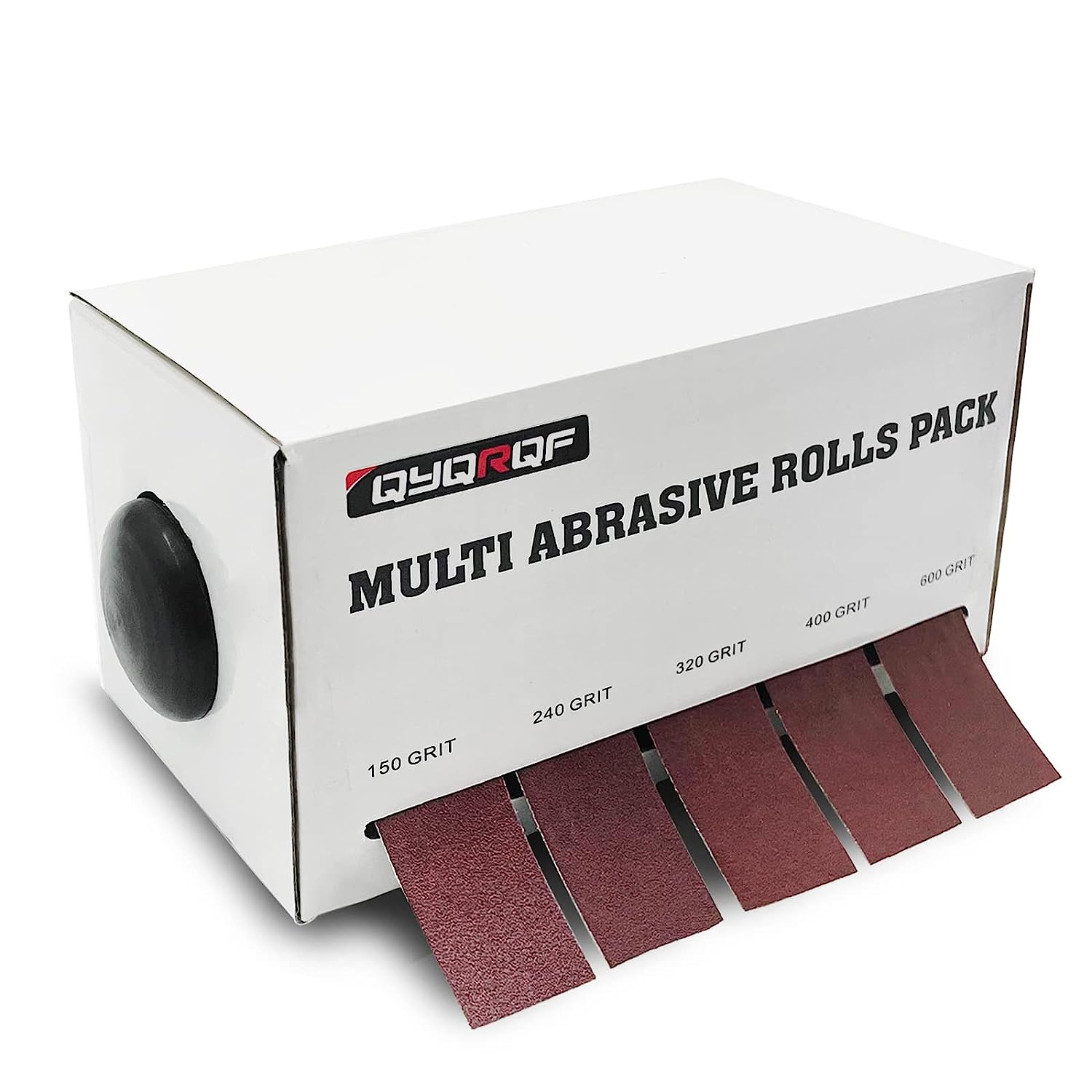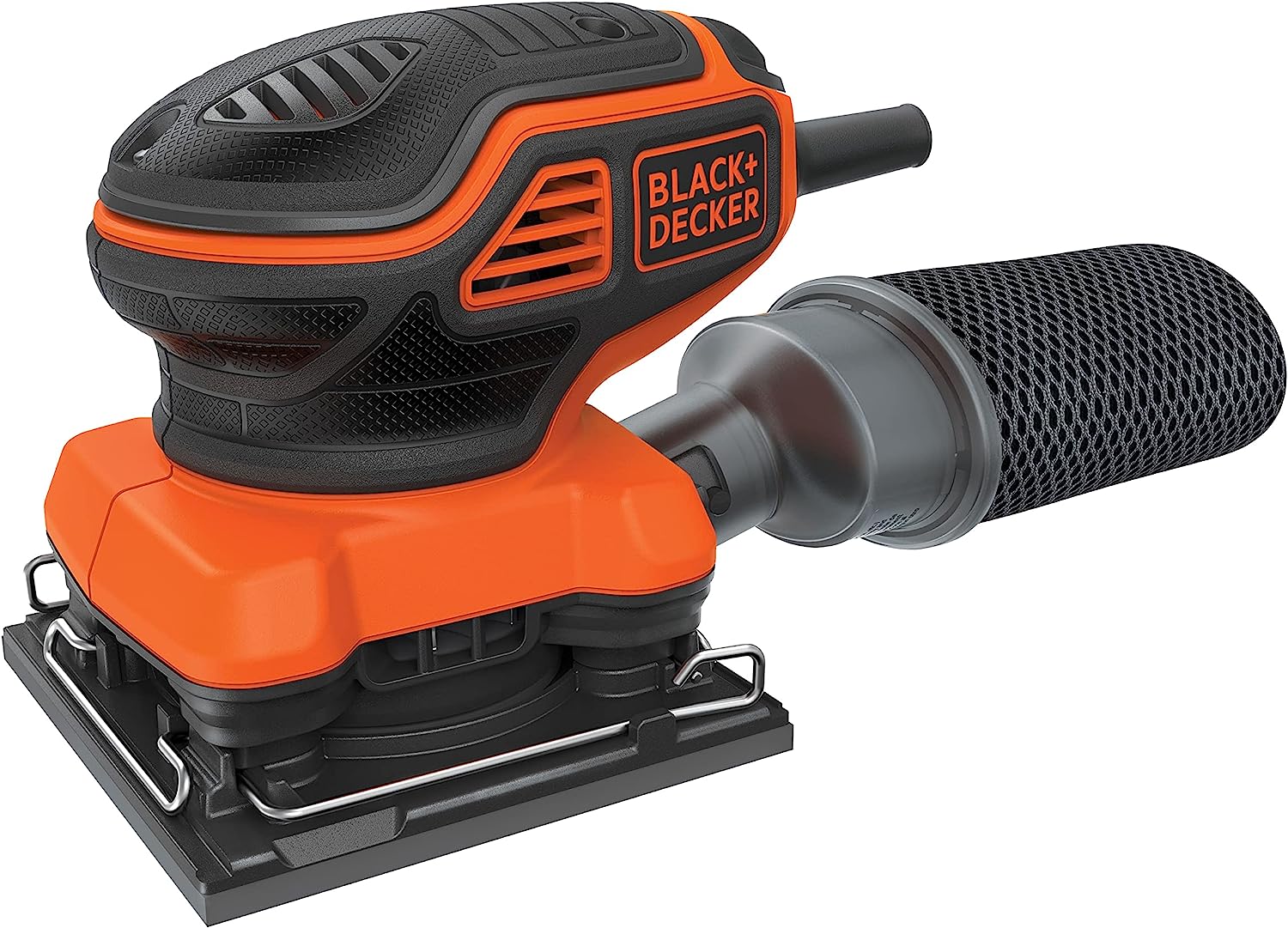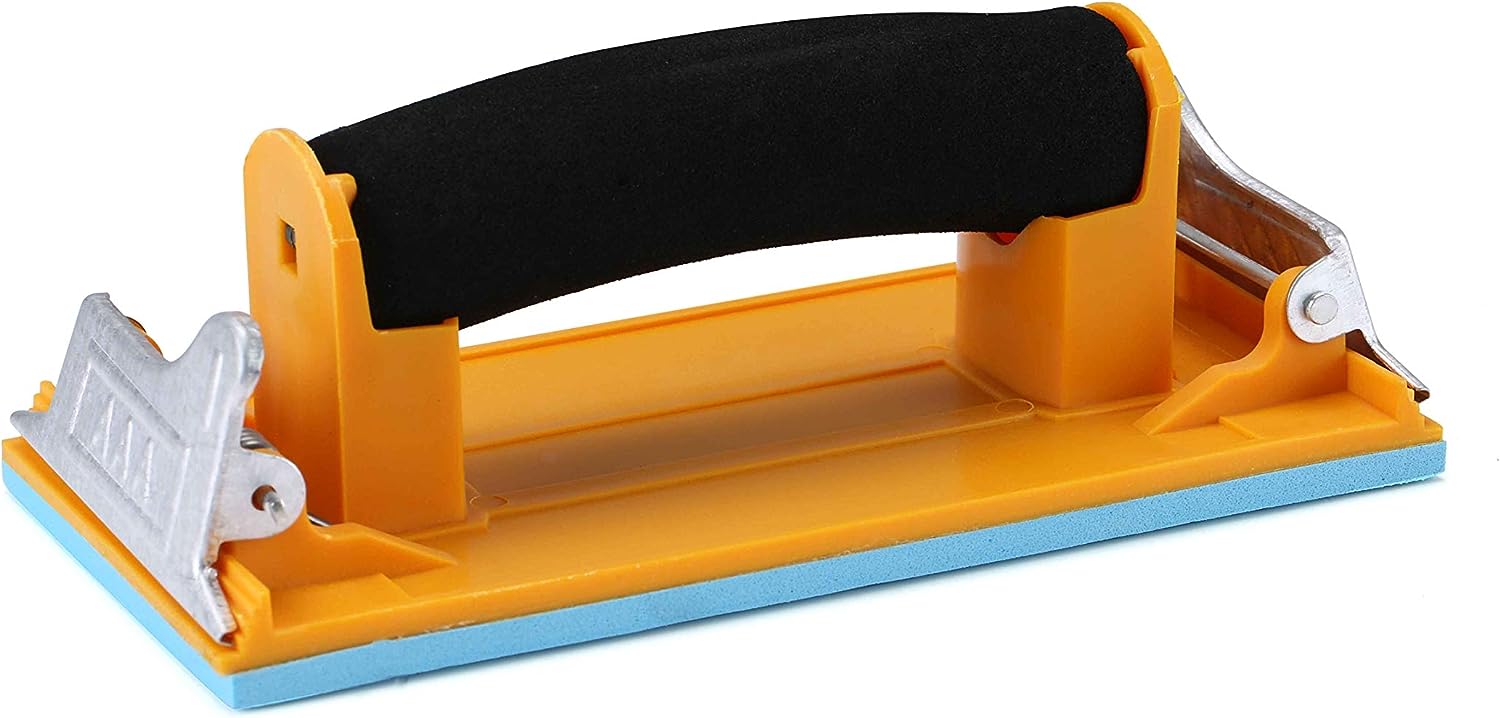When it comes to painting, achieving a smooth and flawless finish is essential. One of the key tools that can help you achieve this is sandpaper. Sandpaper, also known as abrasive paper, is a versatile tool that is used to smooth surfaces, remove imperfections, and prepare surfaces for painting. However, with so many different types of sandpaper available on the market, it can be overwhelming to choose the right one for your painting project. In this article, we will provide a comparative analysis of various sandpaper types for paint, including their composition, grit size, and recommended applications.
The Best Sandpaper for Paint

Emery Cloth Roll, 5 Grits Abrasive Sandpaper Rolls

BLACK+DECKER 2.0 Amp Electric 1/4 Sheet Orbit Sander

Aouker HS85180 Hand Sander
1. Understanding Sandpaper Grit
Before diving into the different types of sandpaper, it is important to understand the concept of grit. Grit refers to the size of the abrasive particles on the sandpaper. The higher the grit number, the finer the particles and the smoother the finish. Conversely, lower grit numbers indicate coarser particles, which are more suitable for heavy-duty sanding and removing material quickly.
Here are some common grit ranges and their recommended applications:
- Coarse Grit (40-60): Ideal for removing paint, varnish, and rough surfaces.
- Medium Grit (80-120): Suitable for general sanding and smoothing surfaces.
- Fine Grit (150-180): Used for preparing surfaces before painting and achieving a smooth finish.
- Extra Fine Grit (220+): Perfect for final sanding and achieving a polished surface.
2. Types of Sandpaper
2.1 Silicon Carbide Sandpaper
Silicon carbide sandpaper is one of the most popular types of sandpaper for paint. It is made from a combination of silicon and carbon, which creates a hard and sharp abrasive. Silicon carbide sandpaper is known for its durability and ability to cut through tough materials such as metal and glass. It is also suitable for wet sanding, making it a versatile option for various painting projects.
Recommended Applications:
- Paint and varnish removal
- Metal and glass sanding
- Wet sanding
2.2 Aluminum Oxide Sandpaper
Aluminum oxide sandpaper is another popular choice for paint projects. It is made from a synthetic material that is extremely durable and long-lasting. Aluminum oxide sandpaper is known for its versatility and can be used on a wide range of surfaces, including wood, metal, and plastic. It is available in various grit sizes, making it suitable for both rough sanding and fine finishing.
Recommended Applications:
- Wood sanding
- Metal sanding
- Plastic sanding
2.3 Garnet Sandpaper
Garnet sandpaper is a natural abrasive that is derived from garnet minerals. It is a cost-effective option that provides excellent results for paint projects. Garnet sandpaper is known for its sharpness and ability to produce a smooth finish. It is commonly used for sanding wood and is available in various grit sizes.
Recommended Applications:
- Wood sanding
- Furniture refinishing
2.4 Wet Dry Sandpaper
Wet dry sandpaper, as the name suggests, can be used for both wet and dry sanding. It is made from a waterproof material that allows it to be used with water or other liquids. Wet dry sandpaper is highly versatile and can be used on a variety of surfaces, including metal, wood, and automotive finishes. It is available in different grit sizes, making it suitable for both rough sanding and fine finishing.
Recommended Applications:
- Automotive sanding
- Paint preparation
- Metal sanding
3. Choosing the Right Sandpaper for Your Paint Project
When selecting sandpaper for your paint project, it is important to consider the following factors:
- Type of surface: Different surfaces require different types of sandpaper. For example, wood surfaces may require a different type of sandpaper compared to metal surfaces.
- Grit size: Determine the level of sanding required and choose the appropriate grit size accordingly.
- Application: Consider the specific application of the sandpaper, such as paint removal, surface preparation, or final finishing.
- Personal preference: Some individuals may have personal preferences based on their experience and the results they have achieved with certain types of sandpaper.
By considering these factors, you can choose the right sandpaper that will help you achieve the desired results for your paint project.
4. Conclusion
Sandpaper is an essential tool for achieving a smooth and flawless finish in paint projects. Understanding the different types of sandpaper and their recommended applications can help you choose the right one for your specific needs. Silicon carbide sandpaper is ideal for tough materials and wet sanding, while aluminum oxide sandpaper is versatile and suitable for various surfaces. Garnet sandpaper is cost-effective and produces a smooth finish on wood surfaces, and wet dry sandpaper is highly versatile and can be used for both wet and dry sanding. By considering factors such as the type of surface, grit size, and application, you can select the perfect sandpaper for your paint project and achieve professional-looking results.



















